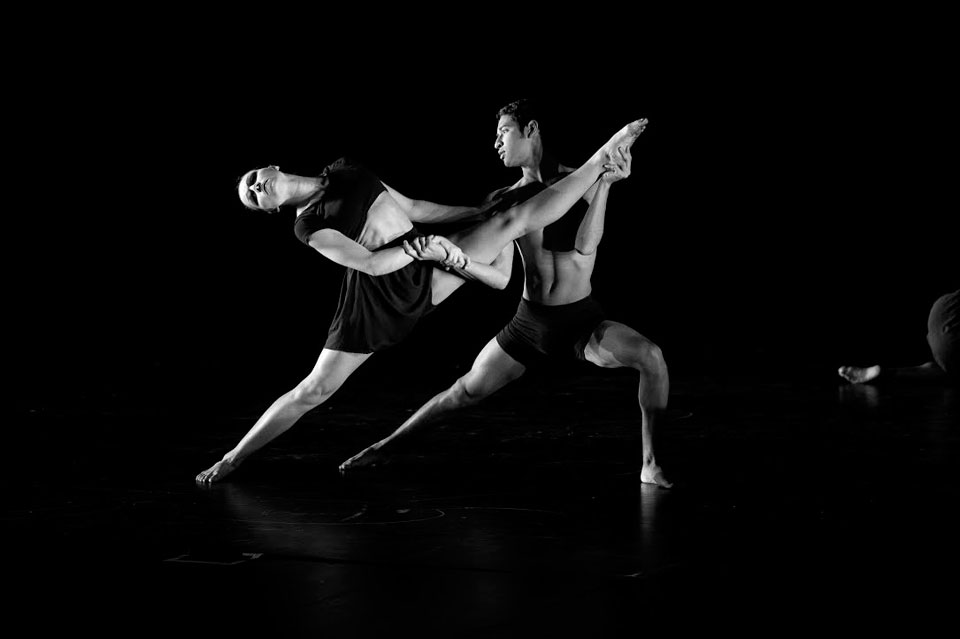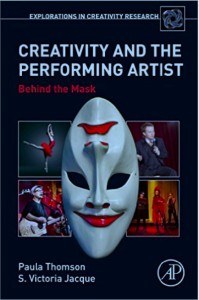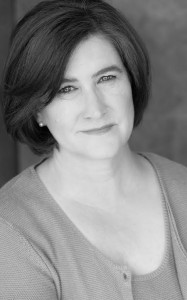CSUN Professors’ Book Reveals Underlying Secrets of Performing Artists

CSUN kinesiology professors Victoria Jaque and Paula Thomson take readers into the minds, hearts and bodies of performing artists with their book, “Creativity and the Performing Artist: Behind the Mask.” This is one of the images in their book. Photo by Lee Choo.
California State University, Northridge kinesiology professors Victoria Jaque and Paula Thomson take readers into the minds, hearts and bodies of performing artists with their book, “Creativity and the Performing Artist: Behind the Mask.”
 Thomson and Jaque created the book to show readers how the mental, emotional and intellectual parts of the brain intertwine with a performing artist’s body.
Thomson and Jaque created the book to show readers how the mental, emotional and intellectual parts of the brain intertwine with a performing artist’s body.
“What’s really cool about psychophysiology is that the mind and the body are one. They’re not separate things,” Thomson said. “What happens in the body affects the mind; what happens in the mind affects the body. We look at those interactions.”
The pair was inspired to write the book when Thomson stumbled across an article that stated performing artists were psychologically imbalanced due to their artistic nature.
“When I started reading the literature, it said that performing artists are not creative because they’re interpreting creative people’s work — not generating it,” said Thomson, a respected dancer and choreographer. “The literature also said that artists in general, including performing artists, are crazy. They have more bipolar disorders. This made me angry because as an artist myself, I did not experience that. Artists are passionate and sensitive. They aren’t crazy.”
Determined to prove the articles false, in 2005 Thomson and Jaque began analyzing a decade’s worth of data.
“This is really what we do now, linking these connections between mind and body. What people experience performing or doing stressful tasks,” said Jaque.

Victoria Jaque
The book is a synthesis of current research in the field of neurobiology and psychophysiology.
“Everything we said is supported by empirical research. It’s academic, but it’s written so that non-academic and academic performing artists will find it useful as well,” said Thomson.
“We wrote on creativity theory, the neurobiology of performance and psychophysiology,” Thomson continued. “We looked at human development, and how early artists develop and play. We looked at personality, and all the different emotions. Later in the book we looked at psychopathology, then illness and injuries, and career patterns.”
The book showcases images of CSUN faculty, alumni and current students who were theater, music, dance and opera artists, throughout their book, giving readers a visual experience of when the mind and the body connect as one.
The book’s topics include creative theory, biology, development, emotion and performing artists’ professional realities. The book also suggests that getting a degree in the arts can facilitate successful careers after graduation by having a “portfolio career” — where an artist works multiple part-time jobs that, when combined, equal the pay of a single, full-time career.

Paula Thomson
Thomson and Jaque emphasized the usefulness of portfolio careers while an artist pursues a main career in their chosen field. Readers are provided facts that show how portfolio careers can provide artists with diversified skills in multiple job settings, which could bring them lifetime and financial benefits.
“In the book, we try to normalize a portfolio career because some actors have to work as a waiter and then they get the title, ‘waiter/actor,’” Thomson said. “Nothing is wrong with that. It’s changing that negative mindset.
“We’re hoping that each performing artist can find themselves in the book and then when you go ‘Behind the Mask’, it’s like you’re the performing artist who goes behind your own mask,” she added.
For more information or to purchase the book, please visit http://bit.ly/2jWbSBs. The Department of Kinesiology is housed in the College of Health and Human Development.

 experience
experience